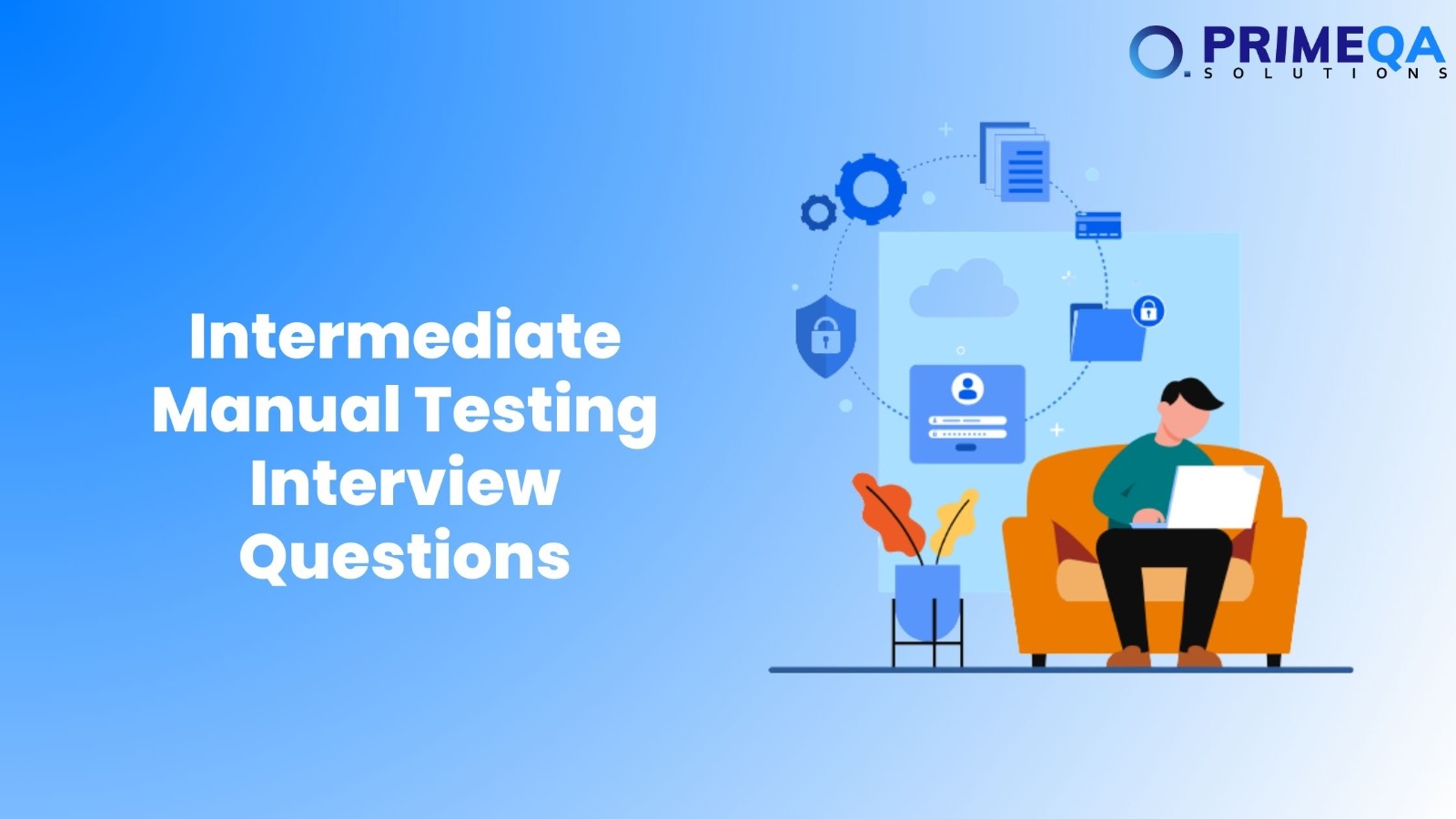Intermediate Manual Testing Interview Questions
In the fast-paced world of software development, ensuring that applications are robust, secure, and user-friendly is more critical than ever. Manual testing plays a pivotal role in achieving this goal by systematically examining software for defects and ensuring it meets the specified requirements one must have expertise in manual testing tools. For those aspiring to advance their careers in software testing, mastering various testing techniques is essential to answering the manual testing questions in the job interview. Intermediate manual testing interview questions often delve into different testing methods and strategies. Understanding concepts like black-box, white-box, and grey-box testing, as well as various other testing techniques. These techniques can significantly enhance a tester’s ability to find and fix critical issues. Let’s explore some common interview questions that focus on these intermediate manual testing topics.
What is Black-Box Testing?
Black-box testing is a software testing method where the internal structure or workings of the application are not known to the tester. The tester validates the functionality of the application by inputting data and verifying the output against the expected results. It focuses on testing the software against the specified requirements. Questions related to black box testing is one of the frequently asked interview questions for manual tester
What is White-Box Testing?
White-box testing, also known as glass-box or structural testing, which can be used in both manual and automation testing where the internal structure, design, and code of the application are known to the tester. The tester uses this knowledge to design test cases that cover different paths, branches, and statements of the code. It helps in identifying hidden errors and vulnerabilities in the code.
What is Grey-Box Testing?
Grey-box testing is a combination of black-box and white-box testing techniques. In grey-box testing, the tester has partial knowledge of the internal structure or workings of the application. This method is used to test the application with a limited understanding of the code and helps in identifying issues related to both functional and structural aspects that can be applied both in manual testing and automation testing.
What are the different types of Black-Box Testing Techniques?
The different types of black-box testing techniques include:
- Equivalence Partitioning: Dividing the input data into equivalent partitions or classes and testing a few representatives from each class.
- Boundary Value Analysis: Testing the boundaries or edges of input data ranges to identify defects at the boundaries.
- Decision Table Testing: Using decision tables to test different combinations of inputs and their corresponding outputs.
- State Transition Testing: Testing the application’s behavior based on its state changes in response to different events or inputs.
- Error Guessing: Using the tester’s experience and intuition to guess possible defects and test those scenarios.
What is Boundary Value Analysis?
Boundary Value Analysis (BVA) is a black-box testing technique that focuses on testing the boundaries or edges of input data ranges. It is based on the principle that defects are more likely to occur at the boundaries of input values rather than within the range. BVA helps in identifying defects related to input data validation.
What is Equivalence Partitioning?
Equivalence Partitioning is a black-box testing technique that divides the input data into equivalent partitions or classes, such that all data values in a partition are expected to produce the same result. By testing one representative value from each partition. Testers can reduce the number of test cases while still achieving good test coverage.
What is Decision Table Testing?
Decision Table Testing is a black-box testing technique that uses decision tables to represent and test different combinations of inputs and their corresponding outputs. It helps in identifying errors through performance testing all possible input conditions and their effects, ensuring comprehensive test coverage.
What is State Transition Testing?
State Transition Testing is a testing technique used to test the application’s behavior based on its state changes in response to different events or inputs. It involves creating state transition diagrams or tables to represent the different states of the application and the transitions between them. This technique helps in identifying defects related to state management and transitions.
What is Usability Testing?
Usability Testing is a non-functional testing technique that evaluates the user-friendliness, ease of use, and overall experience of the application from the end user’s perspective. It involves testing the application’s interface, navigation, and interactions to ensure that users can perform tasks efficiently and effectively.
What is Performance Testing?
Performance Testing is a non-functional testing technique that evaluates the application’s responsiveness, stability, and scalability under various load conditions. It involves testing the application’s performance characteristics. The characteristics like response time, throughput, and resource utilization, ensure that it can handle expected and peak loads without degradation.
Conclusion
As software testing continues to evolve, the ability to apply different testing techniques effectively becomes increasingly valuable. The manual testing questions asked in interviews at the intermediate level often focus on understanding the nuances of various testing methodologies, from black-box and white-box testing to state transition and performance testing. Testers can not only improve the quality of the software but also become integral to their development teams. This ensures that applications are reliable, efficient, and ready to meet user expectations. Preparing for these manual testing interview questions not only helps candidates secure their desired roles but also equips them with the knowledge to tackle real-world challenges in software testing, contributing to the development of high-quality, user-centric applications.







